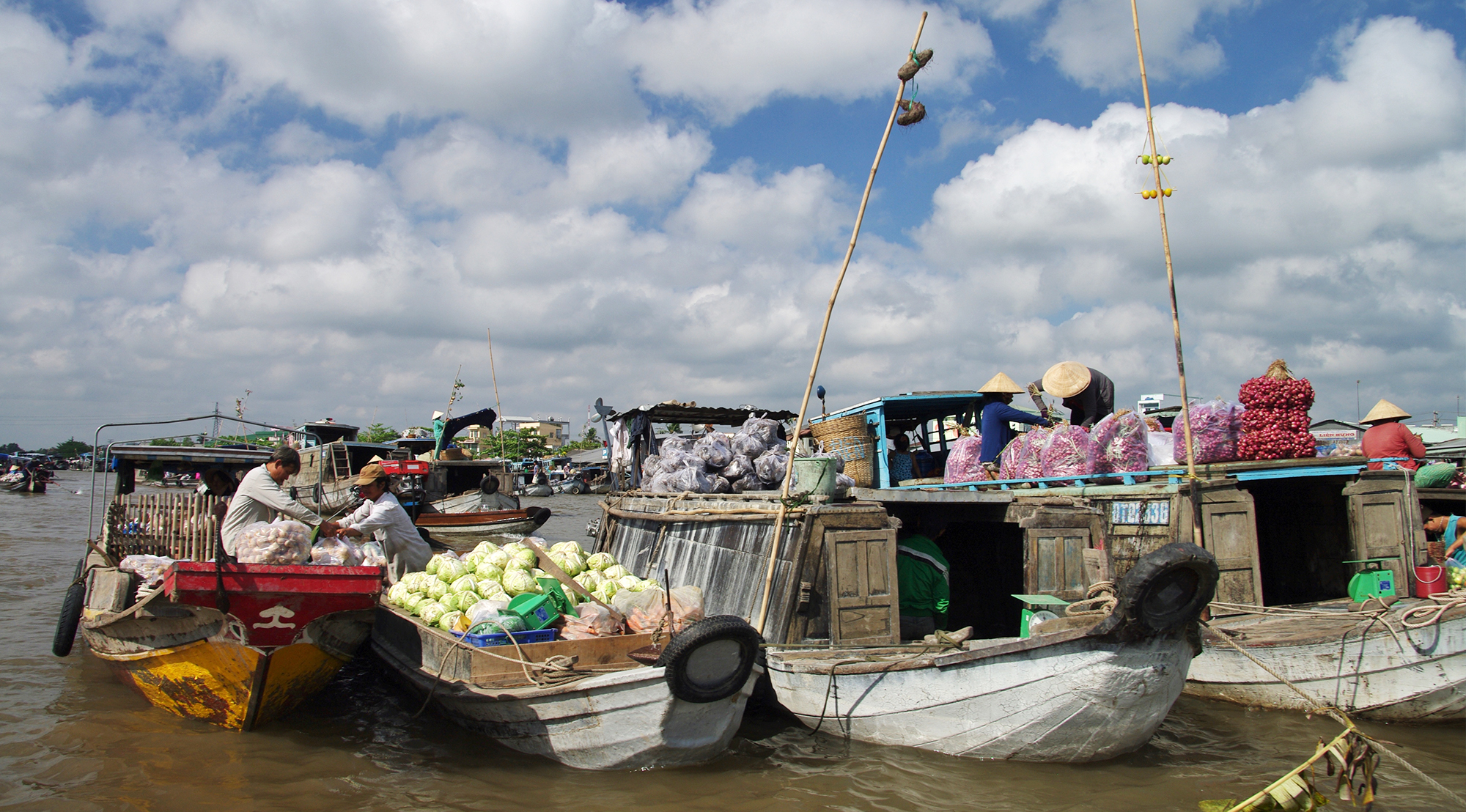Johan Galtung, co-founder of the Peace Research Institute Oslo (PRIO)
Interview with Maurice Strong at the first UN environment conference
A book on the concept of sustainability: “The discovery of sustainability” (in German)
A classic critical review of the concept of sustainable development: “Sustainable development: A critical review”
The 2030 Agenda Platform (in German)
If you look at the 2030 Agenda and its 17 goals from a peace perspective, Goal 16 naturally stands out:
“Promote peaceful and inclusive societies for sustainable development, provide access to justice for all and build effective, accountable and inclusive institutions at all levels.”
At this year’s High-Level Political Forum, the focus is on Goal 16 alongside five other goals. This provides a reason to take a closer look at peace and the 2030 Agenda.
Since January 2019, the office for the Administrative Coordination of the 2030 Agenda Platform and thus my office have been located at swisspeace. From this experience, two very central crossovers between the 2030 Agenda and peace work became clear to me.
Firstly, a holistic approach to peace and a holistic approach to sustainability are mutually dependent. Simply put, the 2030 Agenda does not work without Goal 16 and Goal 16 does not work without the majority of the 2030 Agenda goals.
Secondly, there are conflicting goals in the 2030 Agenda. Peace work can bring methodical added value for solving the inherent conflicting goals in the 2030 Agenda.
A holistic approach
About the first point: Johan Galtung – a great authority in peace studies – has shaped the concept of “positive peace.” He points out that peace is much more than the absence of direct violence. He distinguishes between two definitions of peace: “positive” and “negative peace.” Negative peace focuses on the absence of direct violence, while positive peace also focuses on the absence of structural and cultural violence. He therefore refers to the many social factors that promote and enable peaceful coexistence. Positive peace is considered a holistic approach. Peace cannot be considered in isolation
If you look at it from the perspective of positive peace, the overall importance of the 2030 Agenda is once again made clearer. Goal 16 and its 12 sub-objectives already include a relatively wide spectrum of factors, but we only move towards seeing them as a whole if we look at them in relation to the other goals. Among other things, Goal 16 includes the fight against corruption, as well as dishonest and illegal flows of money and weapons, the fact that a legal identity is needed and the greater inclusion of developing countries in global institutions. A central element of the 2030 Agenda is also the interactions between the goals. Examples of goals that are clearly linked to peace, conflict and violence are Goal 5 on gender equality, Goal 10 on inequality as well as Goal 15 on terrestrial ecosystems. Conflict and violence both impede the achievement of these goals.
From a Swiss perspective, Goal 17.14 is particularly noteworthy: policy coherence for sustainable development. Behind this seemingly technical expression is the desire to resolve contradictions in policies for the benefit of sustainable development. An example: From a sustainable development viewpoint, it can hardly be expedient to export weapons to countries that are involved in conflict.
The conflicting goals
The 2030 Agenda is a milestone: 17 goals and 169 negotiated, comparably specific sub-objectives in one document. Although these goals are not binding, they represent successful cooperative work by the UN, which comes in for a lot of criticism these days. Unfortunately, one longstanding point of criticism of sustainable development remains: Conflicting goals in sustainable development have not been addressed (enough) or resolved. This leads us to the second point mentioned: What if goals are contradictory? Which goals or which interests have which priority? This problem is as old as the discussion on sustainable development in the UN.
The first UN environment conference took place in Stockholm in 1972. Maurice Strong, who held the chairmanship, told the BBC in 2011 that the developing countries had considered boycotting the conference. Their concern was that the focus on environmental topics would take attention away from their problems such as the fight against poverty and promoting development. This problem is of course not new.
The International Science Council investigated 316 interactions. It concentrated on Goal 2 – Zero Hunger, Goal 3 – Good Health and Well-Being, Goal 7 – Affordable and Clean Energy and Goal 14 – Life Below Water. Of the 316 interactions investigated, 238 were positive, 12 neutral and 66 negative. The negative interactions involve “trade-offs.” The word makes it clear that something needs to be weighed up here. An example from the study mentioned:
Goals 14.2 and 14.5 that call for the protection of coastal areas could come into conflict with the economic activities, growth and quantity of jobs promoted in Goals 8.1 and 8.3. Solutions need to be found to this and interests need to be assessed.
A discussion of values
By this we mean a discussion of value across the whole of society. We need to determine what is important and who has which interests. The climate strikes again brought home the urgency of including the interests of the young generation. This creates the challenge of allowing the interests of future generations to be incorporated. In addition, certain parties are posing the question of whether nature has an intrinsic value and therefore rights. One of the guiding principles of the Agenda – leave no one behind – is significant to the present as well. Different communities and stakeholders also have many different opportunities to make their voices heard and to assert themselves. The issue of power is key.
This balancing of interests and these discussions of value must be facilitated in the fairest, best possible way. What value does the global community want to attribute to unspoiled nature? What scope for decision-making should future generations have? What institutions do we need to be able to approach these questions in the long term? Switzerland has now put in place a Directors’ Committee that brings together the relevant federal agencies and is to be administered by two delegates from sustainable development – seemingly without noteworthy additional resources. Can a committee such as this make brave decisions? What kind of resources and skills would be needed, how do these contradict our established administrative structure?
It does little good to close our eyes to trade-offs and the balancing of interests. How will the discussions be conducted? Which elements are important? Who are the interested and conflict parties? And which processes lead to fair and representative solutions?
In attempting to solve these conflicts, the peace perspective and the experiences of peace work bring a major added value far beyond Goal 16. This is also combined with experiences in mapping conflict parties, a conflict-sensitive approach and holistic and long-term approaches to conflict resolution.


